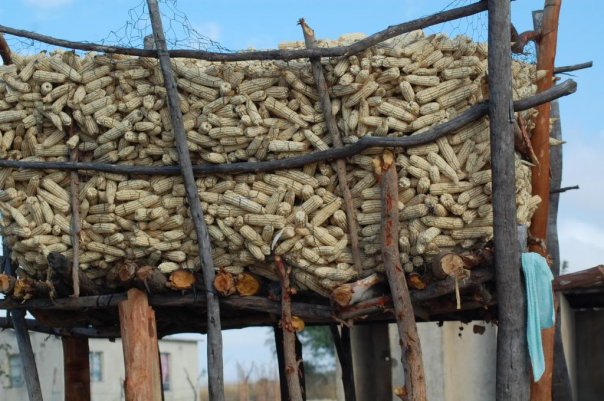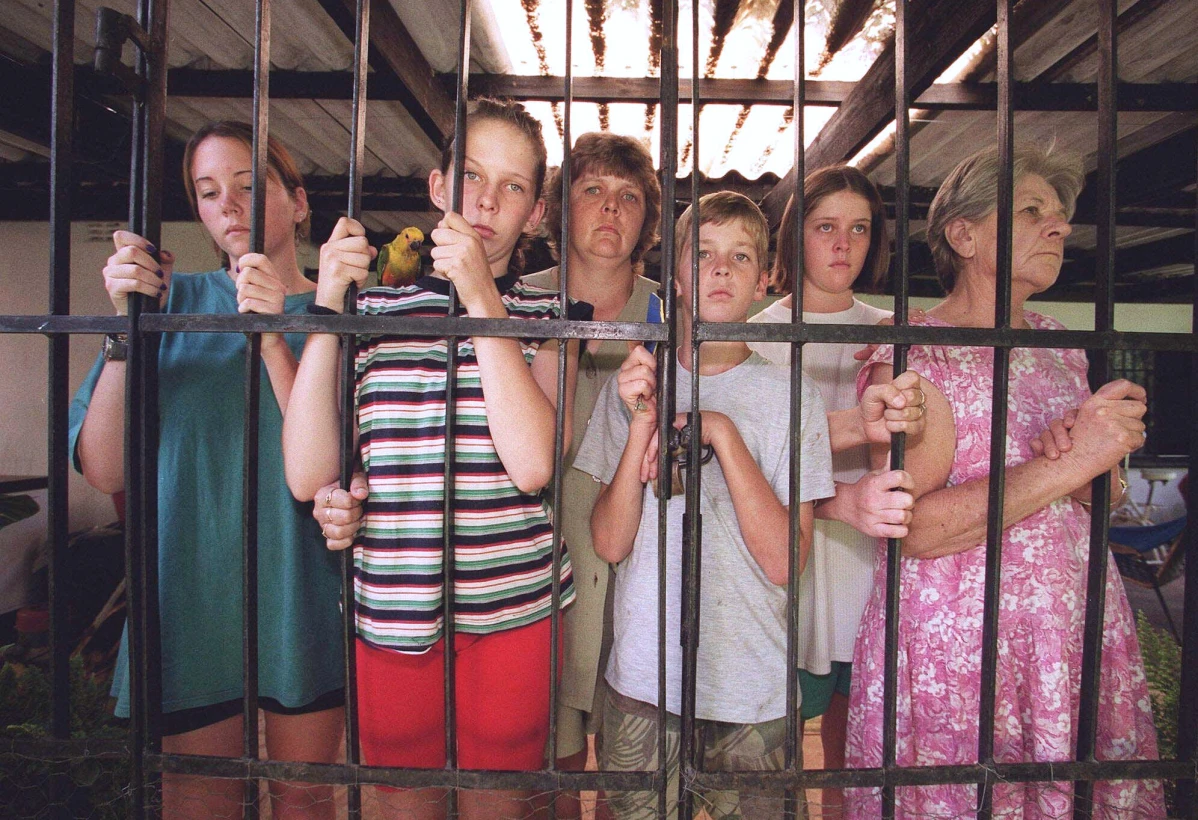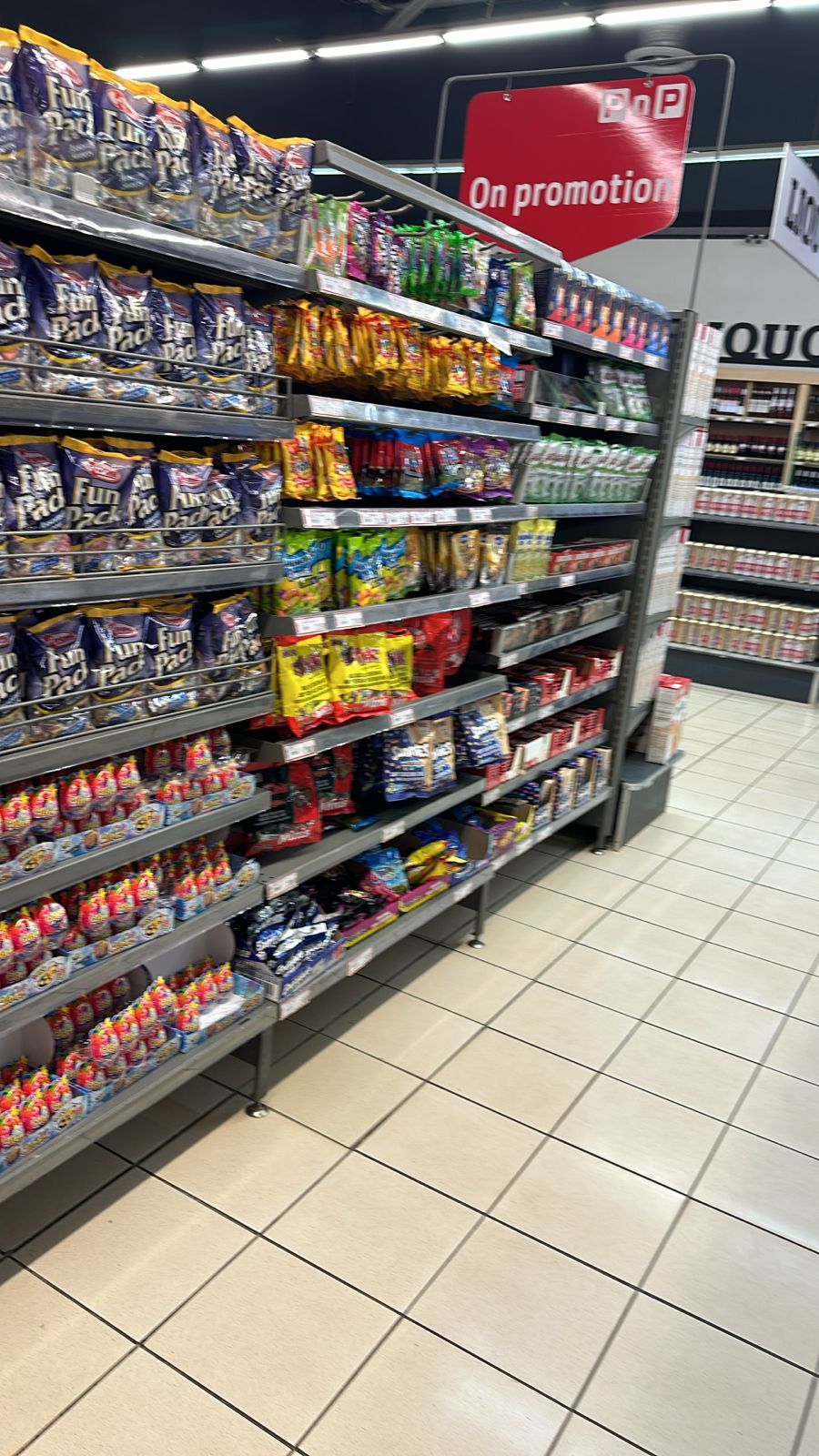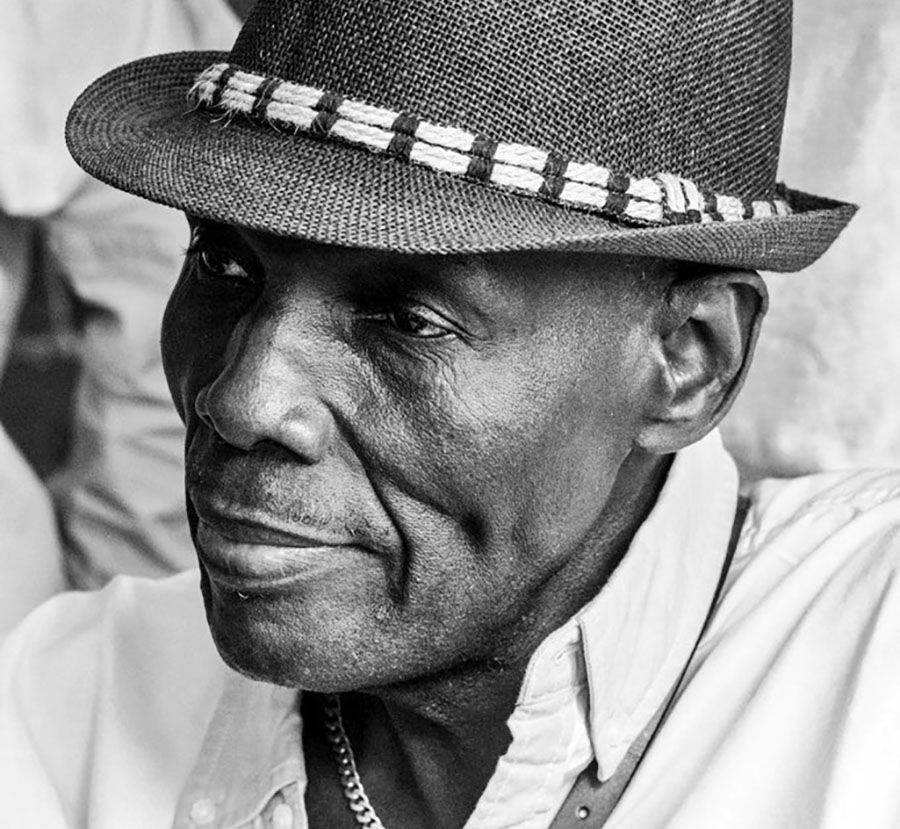EZIMNYAMA – As Zimbabwe’s farmers head to the fields to plant, the country is facing yet another dry growing season, meteorologists predict. But that has not persuaded Sikhathele Sibanda to grow something besides thirsty maize, despite government urging.
Drought-hardy grains such as sorghum are “unprofitable” and hard work, complains the 56-year-old, who farms two hectares (five acres) of land in Ezimnyama, a village near the Botswana border.
Red-billed quelea birds like to eat sorghum’s small grains, forcing farmers to spend time guarding their fields, she said.
And when she travels to Bulawayo, Zimbabwe’s second-largest city, to sell her crop, she can’t find buyers for the sorghum.
“People prefer maize,” she said. “After harvesting in March this year I sold 15 buckets of maize in Bulawayo but I failed to sell one bucket of sorghum.”
With maize the region’s staple diet, the only buyers for alternatives are a minority of health-conscious eaters, she said.
As climate change brings more frequent and harsh droughts, maize is becoming harder to grow in many parts of Zimbabwe – but it is still what people want to eat and many farmers want to plant, which makes shifting away from it a challenge.
Zimbabwe’s government is trying, however. This year its Grain Marketing Board (GMB) has said it will buy “small grains” such as sorghum or finger millet from farmers at the same price as maize – or let farmers who grow small grains swap them for an equivalent amount of maize to take home.
“You can sell whatever quantity of small grains, such as rapoko, millet, sorghum, to the GMB at the same price as maize,” said Marshall Perrance Shiri, Zimbabwe’s minister of land, agriculture, water, climate and resettlement, in an interview with the Thomson Reuters Foundation.
Such grains grow much better in particularly drought-prone areas, and planting them there is a way to shore up the country’s food security, he said.
But farmers have balked at switching, he said, because they fear they will have to eat the sorghum and other small grains they grow, and they prefer not to do that.
“So farmers continue trying to grow maize, though in most cases the success rate has been very low,” he said.
RETHINKING THE SYSTEM
Switching Zimbabwe to more drought-hardy staples will take a wholesale rethink of the country’s systems, from seed sales to grain purchasing systems, officials say.
Winston Babbage, commodities vice president for the Zimbabwe Commercial Farmers Union, said the country’s large-scale farmers, for instance, who have better access to irrigation, might be able to grow enough maize to support the Grain Marketing Board’s offer let small-scale farmers swap their sorghum harvests for maize.
Inconsistent rainfall has forced Zimbabwe’s government to import maize from Malawi, South Africa and Zambia in previous drought years – though region-wide drought has hit production there as well.
Babbage said his farmer’s union was working with the meteorological officials, the Ministry of Local Government and government agricultural support organization AGRITEX to find ways to cut drought risks and get small-scale farmers to change their minds about planting small grains.
Part of the battle, he said, was simply making sure seed for the alternative grains is available everywhere.
Seed companies “must avail adequate small grain seed for drought-prone areas so that farmers have no excuses not to plant small grains,” he said.
Shiri, the agriculture minister, said farmers who switch to growing and eating maize alternatives could see health benefits – and that such grains were, until recently, staple foods in Zimbabwe.
“In the olden days, we grew up eating rapoko and sorghum,” he said.
Joseph Katete, a spokesman for the Grain Marketing Board, said the offer to farmers to swap small grains harvested for maize would not seriously impact the board’s bottom line, even if small grains were harder to sell.
“GMB has a processing plant for small grains to produce mealie-meal and baking flour for those who need such, especially for health reasons in Zimbabwe. We can turn sorghum, millet and rapoko into three brands of refined mealie-meal,” he said. – Reuters
















